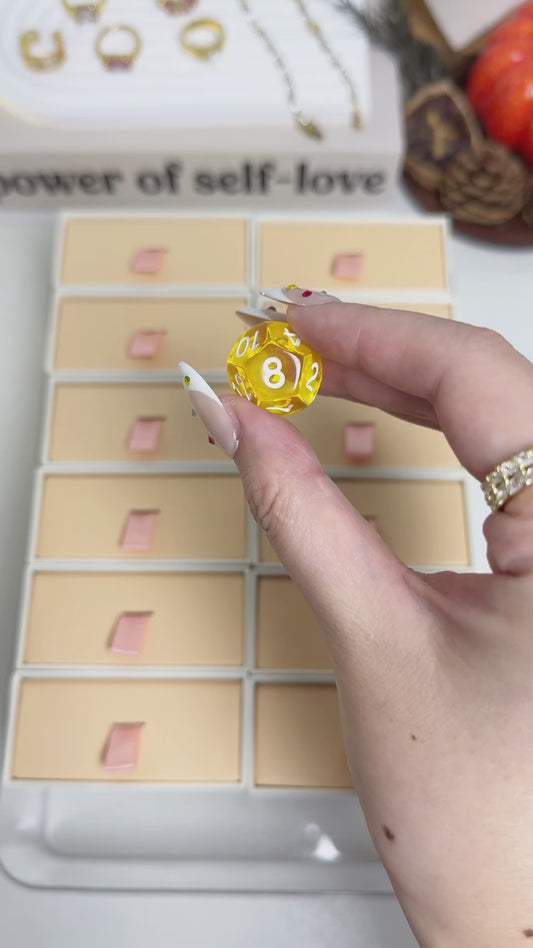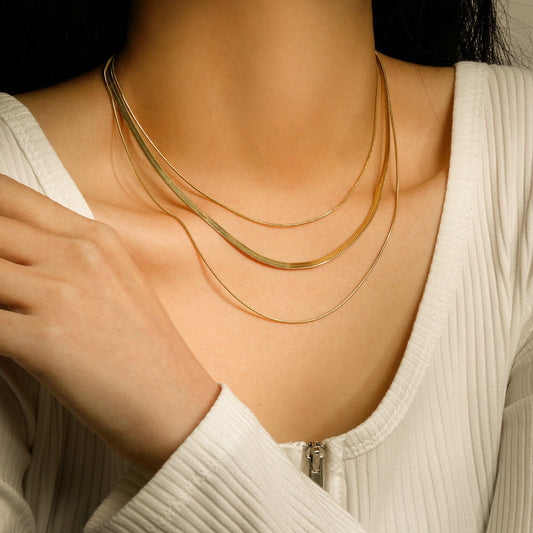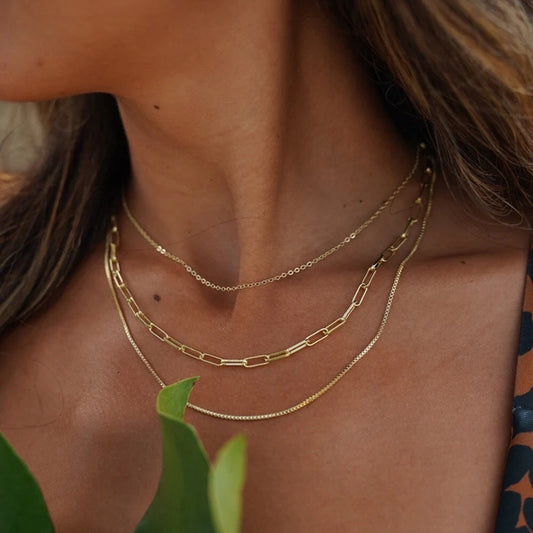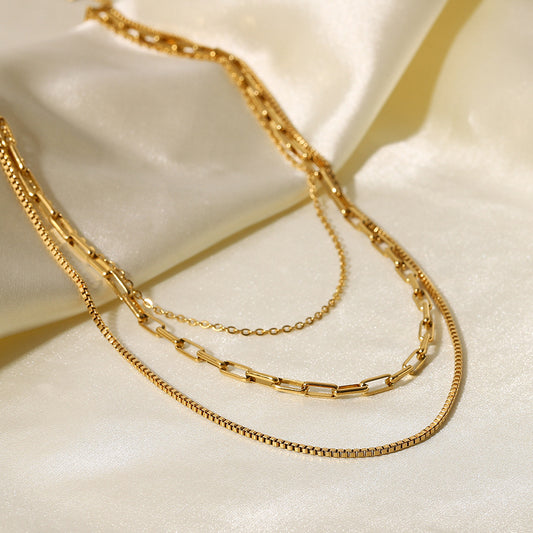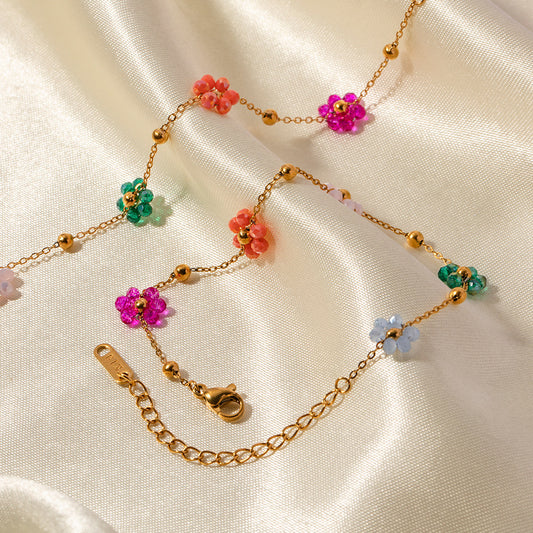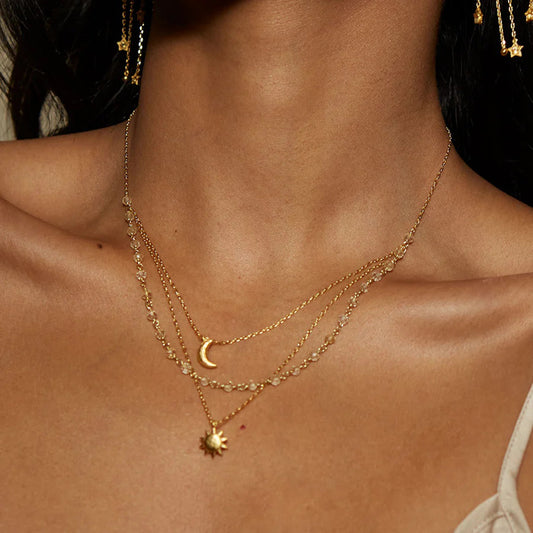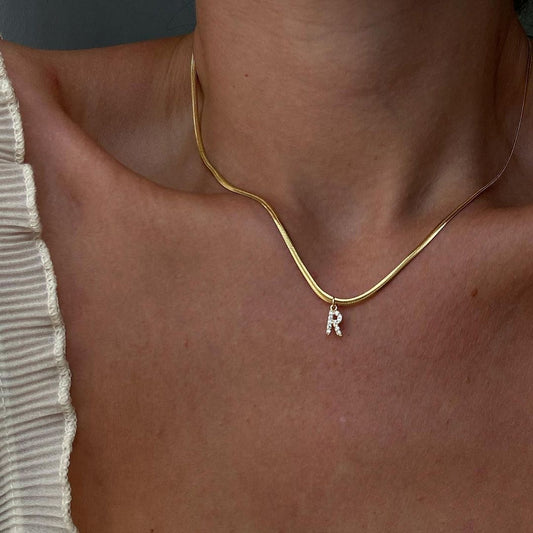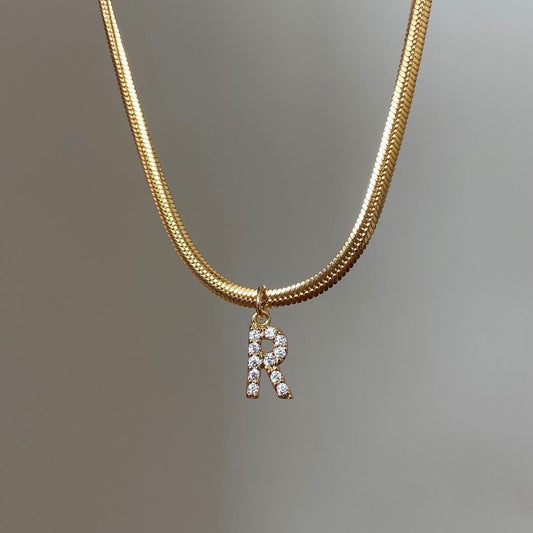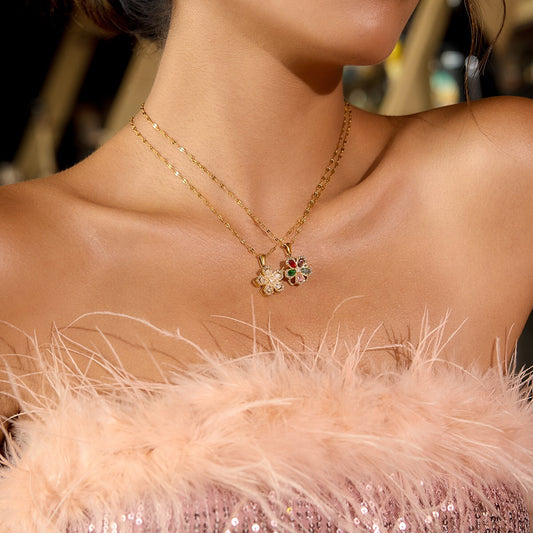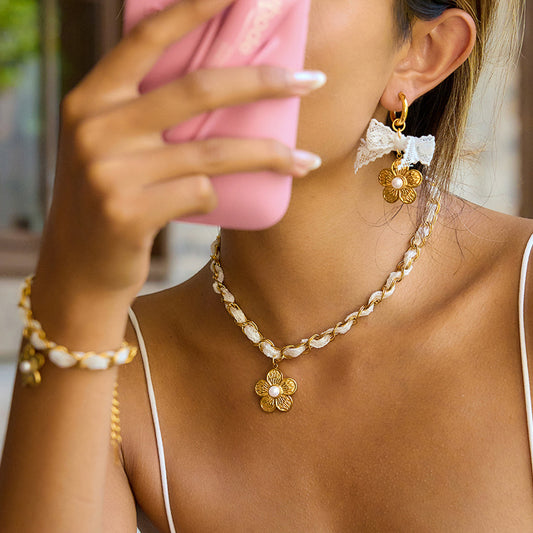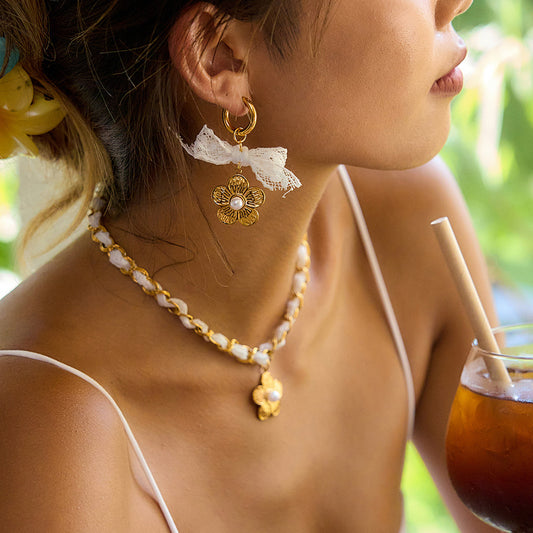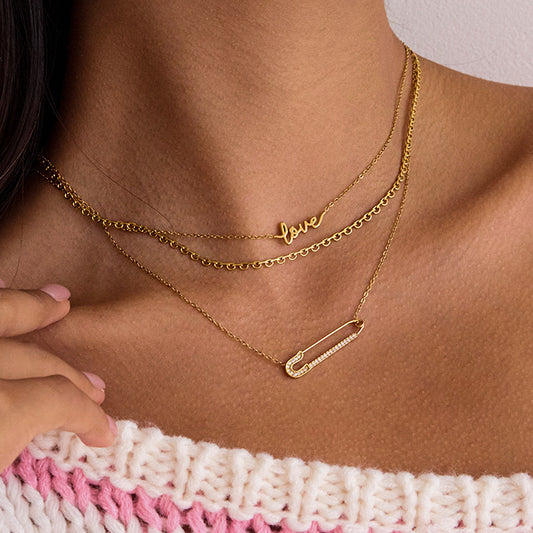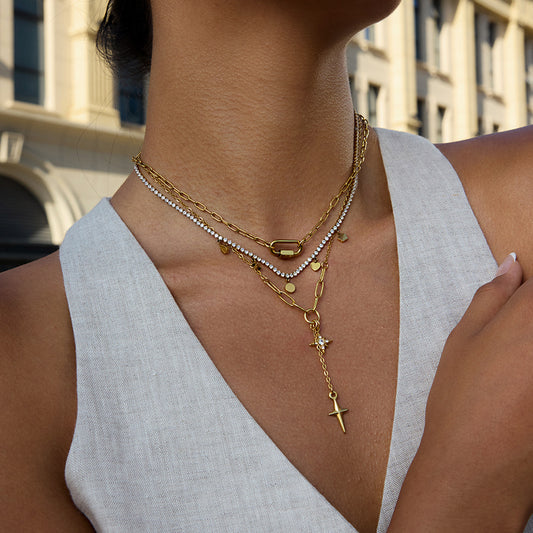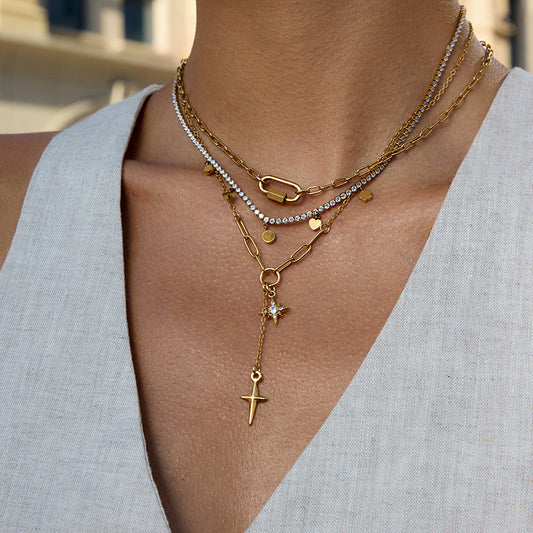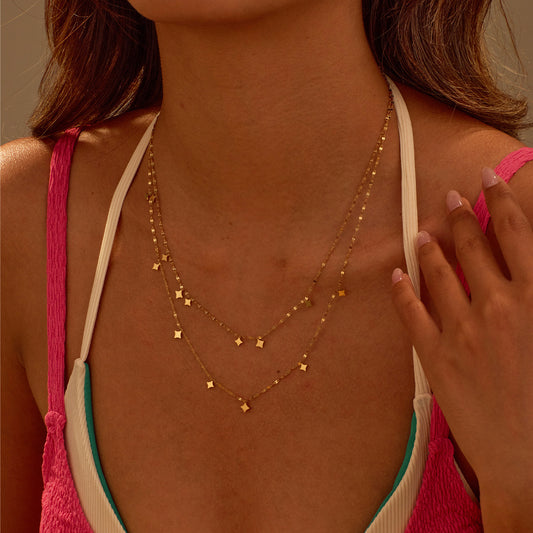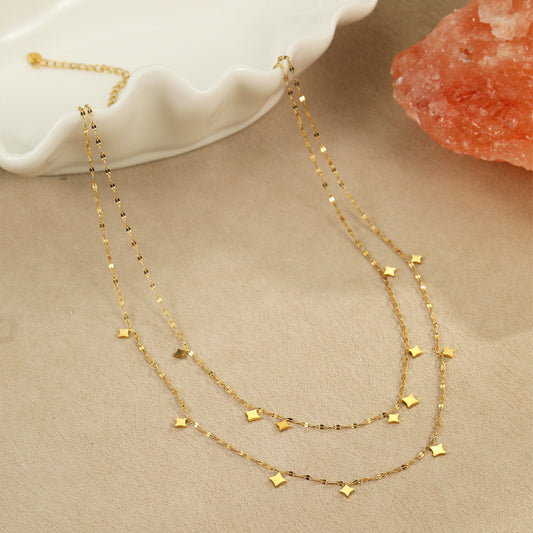What Does 925 Mean on Jewelry? If you’ve ever flipped over a necklace, ring, or bracelet and spotted a “925” stamp, you might have wondered what it means. You’re not alone—according to a 2024 survey by the Jewelry Education Institute, 68% of jewelry shoppers have questions about metal stamps like 925, yet only 23% fully understand their significance. The Global Silver Jewelry Market size was valued at $38.2 Billion in 2023 and it will grow $57.2 Billion at a CAGR of 4.6% by 2023 to 2032 - CMI. The “925” mark is one of the most common stamps in jewelry, but it’s far from just a random number. It’s a guarantee of quality, a clue to the metal’s composition, and a marker of durability—all of which matter when you’re buying or caring for jewelry. Below, we break down exactly what 925 means on jewelry, why it’s used, how to spot authentic 925 pieces, and answers to the most common questions about this iconic stamp.
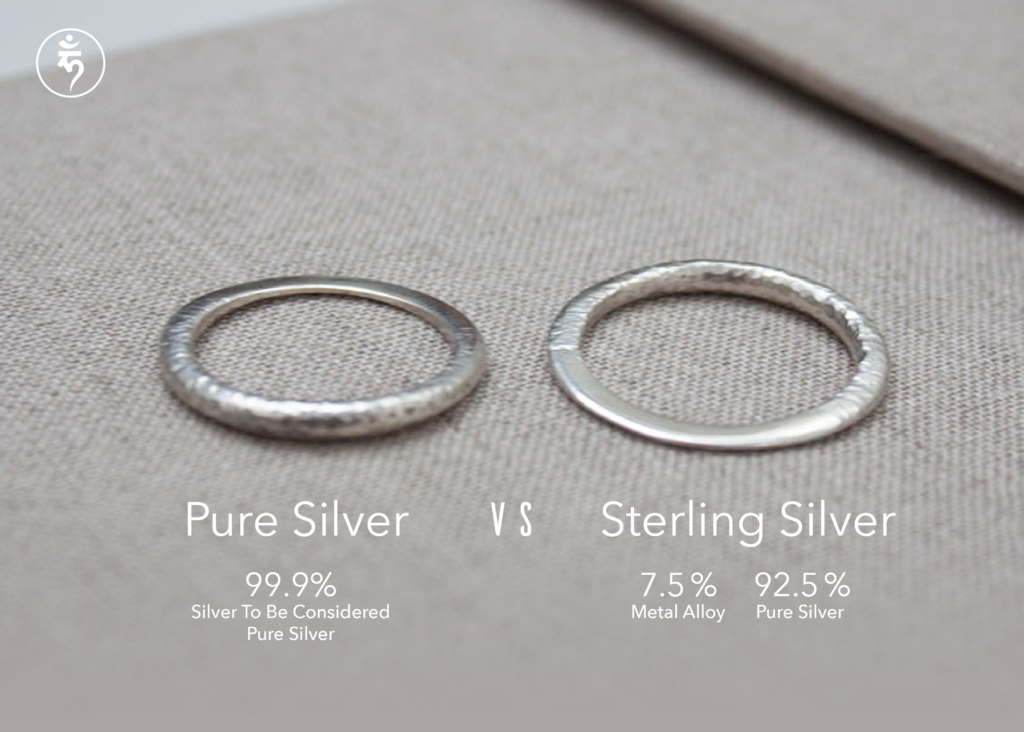
What Exactly Does “925” Mean on Jewelry?
At its core, the “925” stamp on jewelry is a purity marker—it tells you the percentage of pure silver in the piece. The number “925” represents 92.5%, which means the jewelry is made of 92.5% pure silver and 7.5% other metals (usually copper, but sometimes zinc or nickel). This alloy is known as “sterling silver,” and the 925 stamp is the universal way to identify it.
Why 92.5% Pure Silver?
Pure silver (also called “fine silver,” marked 999) is 99.9% pure, but it’s too soft and malleable for everyday jewelry. It bends easily, scratches quickly, and can even lose its shape with regular wear—think of a pure silver ring stretching out after a few weeks of use. To fix this, jewelers mix pure silver with other metals (called “alloying”) to make it stronger without losing its signature shine.
The 92.5% silver + 7.5% alloy ratio is no accident—it’s a sweet spot that balances two key qualities:
-
Durability: The 7.5% alloy (most often copper) adds strength, making the jewelry tough enough for daily wear (e.g., a 925 silver bracelet won’t bend when you’re typing or carrying a bag).
-
Luster: Unlike lower-silver alloys (e.g., 800 silver, which is 80% pure), 925 silver retains the bright, cool shine that makes silver jewelry so popular. It doesn’t look dull or brassy, even with long-term use.
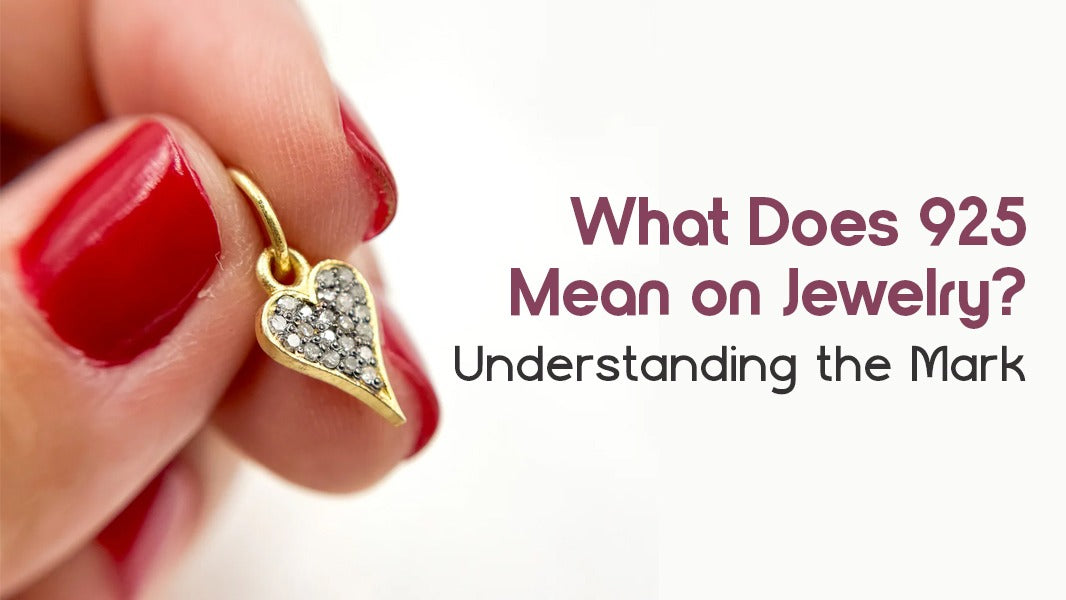
What the Full Stamp Might Look Like
While “925” is the most common form, you might see variations that include additional details to clarify the metal type or origin. These variations still mean the piece is sterling silver:
-
“925 Sterling”: Explicitly states it’s sterling silver (common in the U.S. and Europe).
-
“Sterling 925”: Same as above, just reversed.
-
“925 Italy” / “925 Mexico”: Adds the country of origin (Italy and Mexico are known for high-quality sterling silver jewelry).
-
“925 SS”: “SS” stands for “sterling silver,” a shorthand used by some brands.
Why Is the 925 Stamp Important for Jewelry Shoppers?
The 925 stamp isn’t just a technical detail—it’s a tool that helps you make smart, informed decisions when buying jewelry. Here’s why it matters:

It Guarantees Quality (and Prevents Scams)
Without a 925 stamp, you might be buying jewelry that’s labeled “silver” but is actually a cheaper metal (like brass or nickel) with a thin silver plating. These “silver-plated” pieces fade quickly (often within months) and can cause skin irritation. The 925 stamp, by contrast, is a promise that the piece contains at least 92.5% pure silver—so you know you’re getting a genuine, long-lasting product.
In many countries, including the U.S., Canada, and members of the EU, jewelry makers are legally required to stamp sterling silver with 925 (or a similar mark) if they sell it as “silver” or “sterling silver.” This means a missing 925 stamp is a red flag—either the piece isn’t sterling silver, or it’s an unregulated product (common in fast-fashion or online marketplaces with low-quality goods).
It Helps You Understand Care Needs
Different metals require different care, and the 925 stamp tells you exactly how to maintain your jewelry. For example:
-
Sterling silver (925) tarnishes over time (when it reacts with air and moisture), so you’ll need to polish it regularly with a silver cloth.
-
Silver-plated jewelry, by contrast, can’t be polished aggressively (it will remove the thin silver layer), so you have to handle it more gently.
Knowing your jewelry is 925 means you can use the right cleaning methods to keep it looking new.
It Affects Value (for Buying and Selling)
925 sterling silver has real intrinsic value—unlike silver-plated or costume jewelry. If you’re buying a piece as an investment (e.g., a vintage 925 silver necklace) or planning to sell jewelry later, the 925 stamp confirms it’s made of valuable sterling silver. This makes it easier to price the piece fairly (sterling silver is valued based on its weight and the current silver spot price) and ensures you don’t get ripped off.

How to Spot Authentic 925 Jewelry (and Avoid Fakes)
Not all “925” stamps are created equal—some counterfeit jewelry uses fake 925 stamps to trick shoppers. Here’s how to verify if a 925-stamped piece is authentic:
1. Check the Stamp’s Quality
Genuine 925 stamps are clear, crisp, and evenly pressed into the metal. Fake stamps are often blurry, uneven, or smudged—you might even see typos (e.g., “924” or “952” instead of “925”). Look closely at the stamp (use a magnifying glass if needed) to ensure it’s sharp and legible.
2. Test the Metal’s Weight
Sterling silver (925) is denser than most fake metals (like brass or aluminum). Pick up the jewelry and compare it to a piece of known sterling silver (if you have one)—authentic 925 jewelry will feel heavier and more substantial. For example, a 925 silver ring will weigh more than a silver-plated brass ring of the same size.
3. Do a Magnet Test (with a Caveat)
Silver is not magnetic, so a strong magnet (like a neodymium magnet) won’t stick to authentic 925 jewelry. However, keep this in mind:
-
The 7.5% alloy in 925 silver (usually copper) is slightly magnetic, so the magnet might barely stick—but it won’t cling tightly.
-
If the magnet sticks firmly to the jewelry, it’s almost certainly fake (made of iron, steel, or a magnetic alloy).
This test works best as a quick first check, not a definitive proof.

4. Look for Tarnish (Yes, Really!)
Genuine 925 silver tarnishes over time—this is a sign of real silver. If a “925” piece never tarnishes, even after weeks of wear, it’s likely fake (silver-plated jewelry might not tarnish, but only because the silver layer is too thin to react with air). Note: Some 925 jewelry is coated with a anti-tarnish layer (like rhodium), so it might take longer to tarnish—but it will still tarnish eventually.
5. Buy from Reputable Sellers
The easiest way to avoid fake 925 jewelry is to shop from trusted retailers:
-
Local jewelers: They often source 925 silver from reputable suppliers and can verify the stamp’s authenticity.
-
Branded stores: Brands like Tiffany & Co., James Avery, or Mejuri clearly label their 925 silver pieces and provide certificates of authenticity.
-
Online marketplaces: Stick to sellers with 4.5+ star ratings, hundreds of reviews, and clear photos of the 925 stamp. Avoid sellers with vague descriptions (e.g., “silver-colored” instead of “sterling silver 925”).
Common Questions About 925 Jewelry
Even after understanding the basics, many people have questions about 925 jewelry. Below are answers to the most frequently asked ones:
Is 925 Silver Hypoallergenic?
For most people, yes—but not everyone. 925 silver is 92.5% pure silver (which is hypoallergenic) and 7.5% alloy. The most common alloy is copper (also hypoallergenic for most), but some jewelers use nickel in the alloy. Nickel is a common allergen—if you have a nickel allergy, nickel-containing 925 silver can cause redness, itching, or a rash.
To avoid this:
-
Look for “925 nickel-free” stamps (some brands explicitly label this).
-
If you’re unsure, test the jewelry by wearing it for a few hours—if you notice irritation, stop wearing it.
How Do You Clean 925 Silver Jewelry?
Cleaning 925 silver is easy—here’s how to do it without damaging the metal:
-
For Light Tarnish: Use a soft silver-polishing cloth (available at jewelry stores). Gently rub the cloth over the jewelry in circular motions until the tarnish is gone. Avoid using paper towels or rough cloths—they can scratch the silver.
-
For Heavy Tarnish: Mix 1 cup warm water with 1 teaspoon baking soda and 1 teaspoon salt. Stir until dissolved, then add a piece of aluminum foil (crumbled into a ball). Place the 925 jewelry in the mixture—this creates a chemical reaction that lifts tarnish. Let it soak for 5–10 minutes, then rinse with warm water and dry with a soft cloth.
-
Avoid: Harsh cleaners (like bleach or ammonia) or ultrasonic cleaners (they can damage delicate 925 silver pieces, like those with gemstones).
What’s the Difference Between 925 Silver and Other Silver Stamps?
You might see other silver stamps (like 999, 800, or 950) on jewelry—here’s how they compare to 925:
-
999 (Fine Silver): 99.9% pure silver. Too soft for jewelry (except for small items like earrings or pendants). No alloy, so it bends easily.
-
950 (Britannia Silver): 95% pure silver, 5% alloy. More pure than 925, so it’s slightly softer. Common in European jewelry and silverware.
-
925 (Sterling Silver): 92.5% pure silver, 7.5% alloy. The most popular for jewelry—balances durability and shine.
-
800 (Coin Silver): 80% pure silver, 20% alloy. Duller and harder than 925. Used in vintage jewelry or budget pieces.
Can 925 Silver Be Plated?
Yes—many 925 silver pieces are plated with other metals to enhance their appearance or prevent tarnish. The most common platings are:
-
Rhodium Plating: A bright, silvery metal that gives 925 silver a “white gold” look. It also prevents tarnish and scratches. Over time, the rhodium plating wears off (after 1–2 years of daily wear), but you can have it re-plated by a jeweler.
-
Gold Plating: 925 silver plated with 14k or 18k gold (often called “vermeil”). This gives the jewelry a gold color at a lower price than solid gold. The gold plating can wear off, so it’s best for occasional wear.
Conclusion: The 925 Stamp—Your Guide to Quality Silver Jewelry
Now that you know what 925 means on jewelry, you can shop with confidence, care for your silver pieces properly, and avoid falling for fake or low-quality jewelry. The 925 stamp is more than just a number—it’s a promise of 92.5% pure silver, a balance of durability and shine, and a marker of genuine quality. Whether you’re buying a 925 silver necklace for yourself, a 925 ring as a gift, or inheriting a vintage 925 bracelet, this stamp tells you you’re getting a piece that will last for years (with a little care).
Ready to add 925 silver jewelry to your collection? Start by looking for the clear, crisp 925 stamp—then use the magnet test and weight check to verify authenticity. Shop from reputable sellers, and remember to clean your 925 pieces regularly with a silver cloth to keep them shining. With the 925 stamp as your guide, you’ll be able to find beautiful, long-lasting silver jewelry that fits your style and budget.
Don’t let confusing metal stamps hold you back—now that you understand 925, you can enjoy all the beauty and value that sterling silver has to offer. Invest in a 925 piece today, and watch it become a staple in your jewelry box for years to come.




